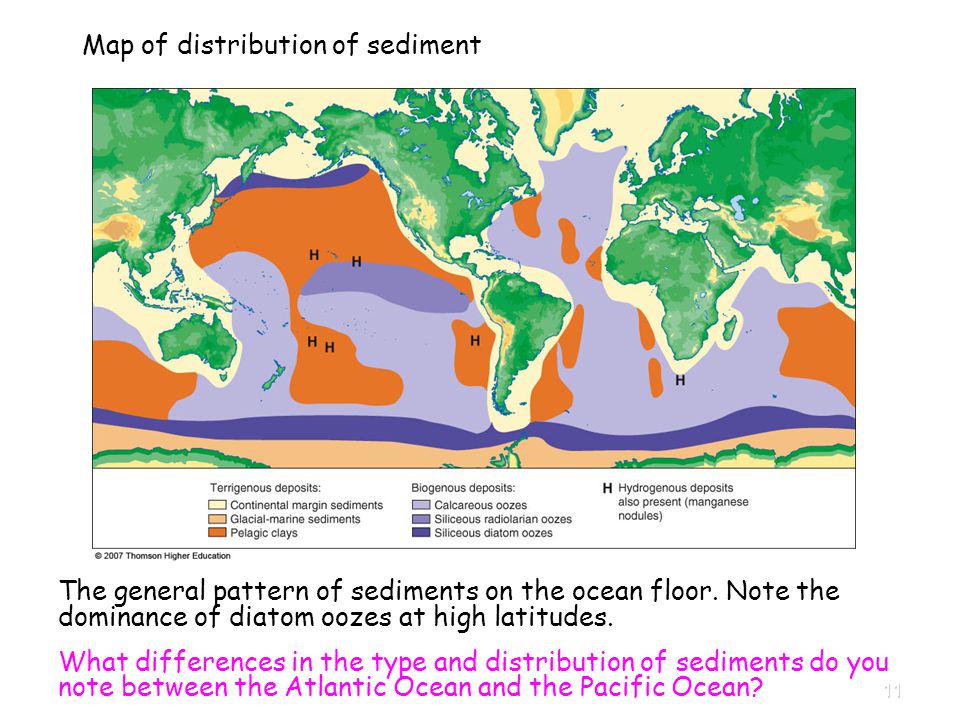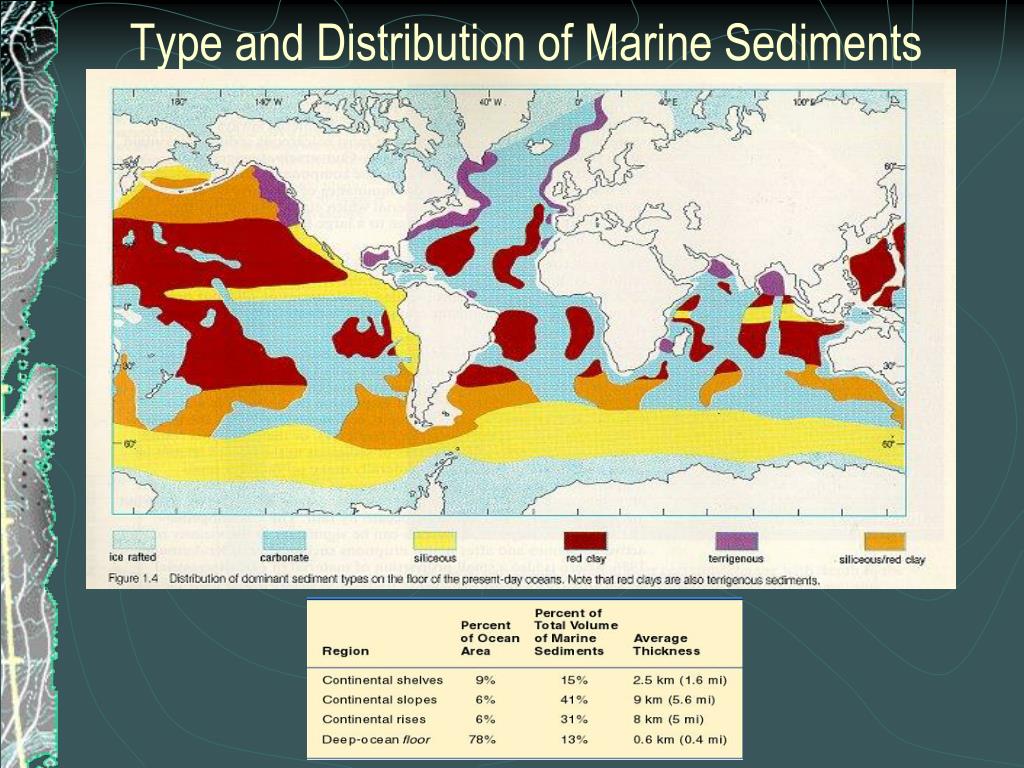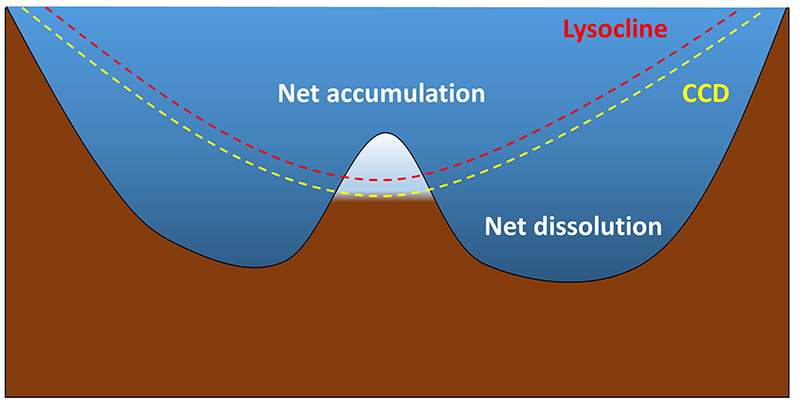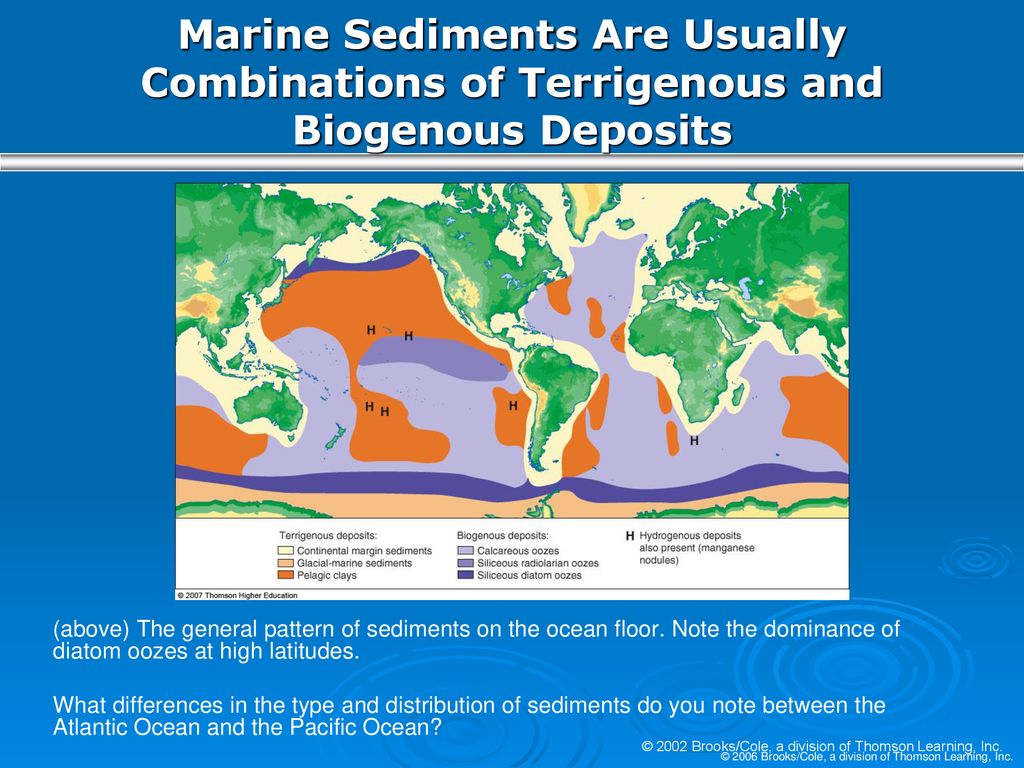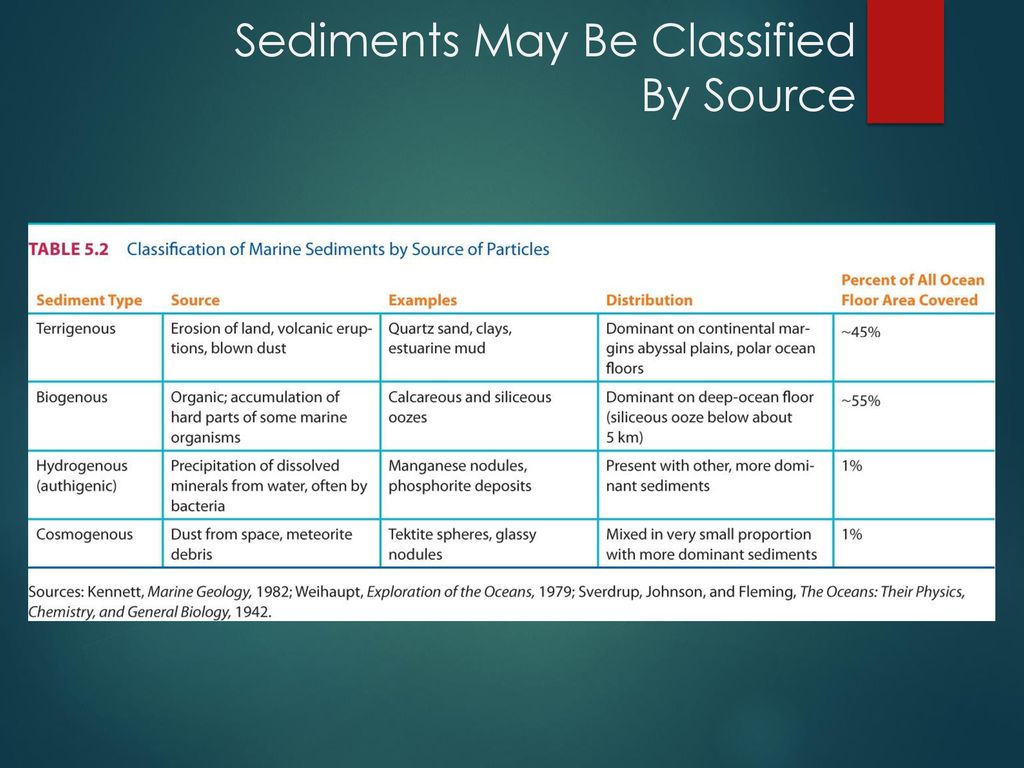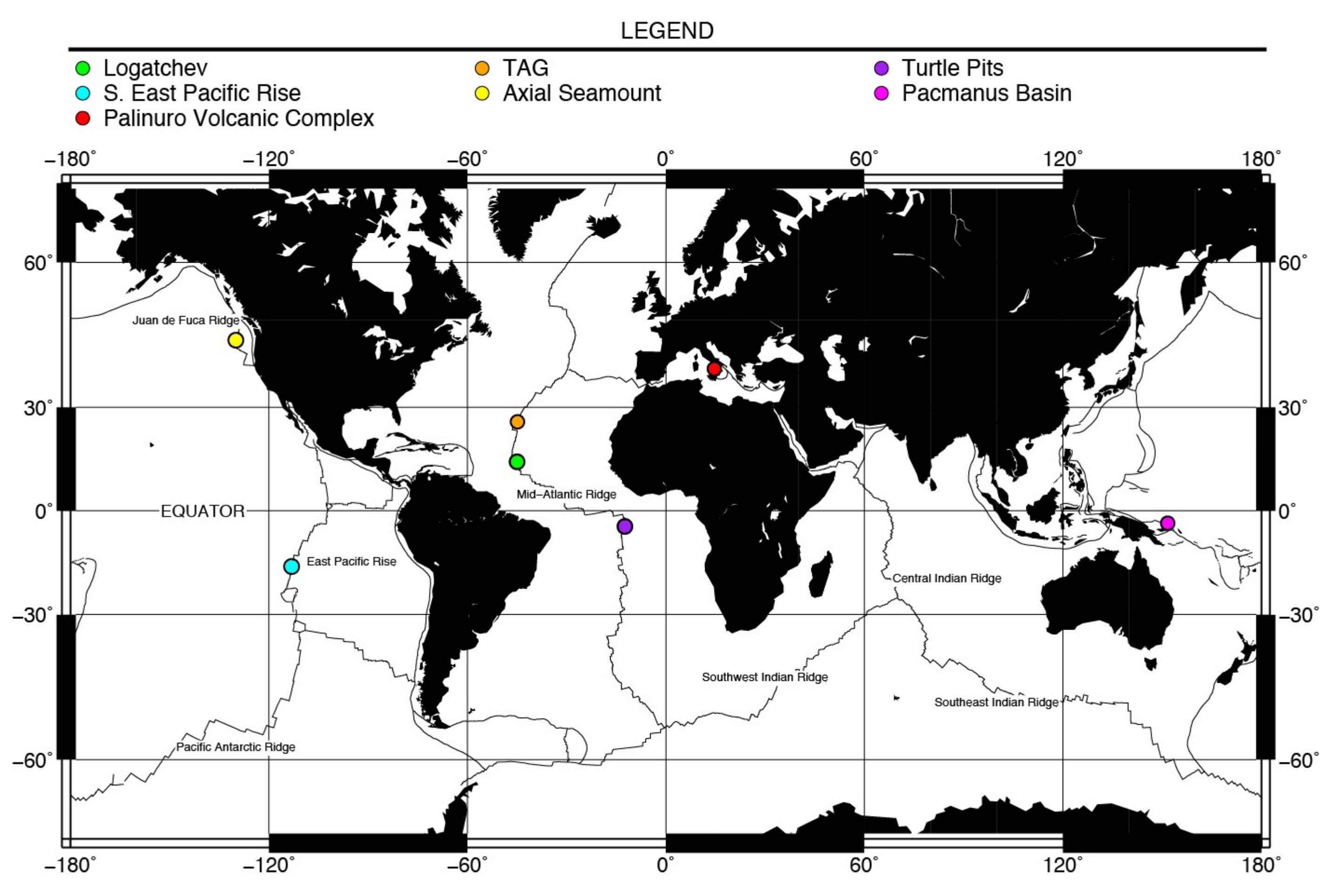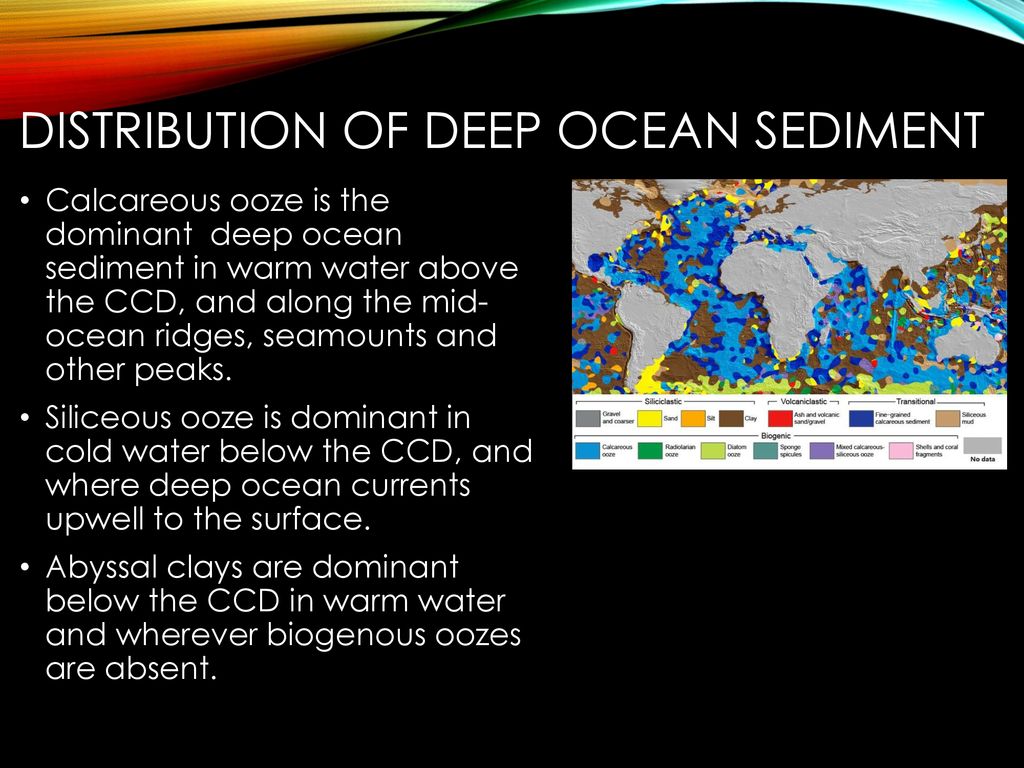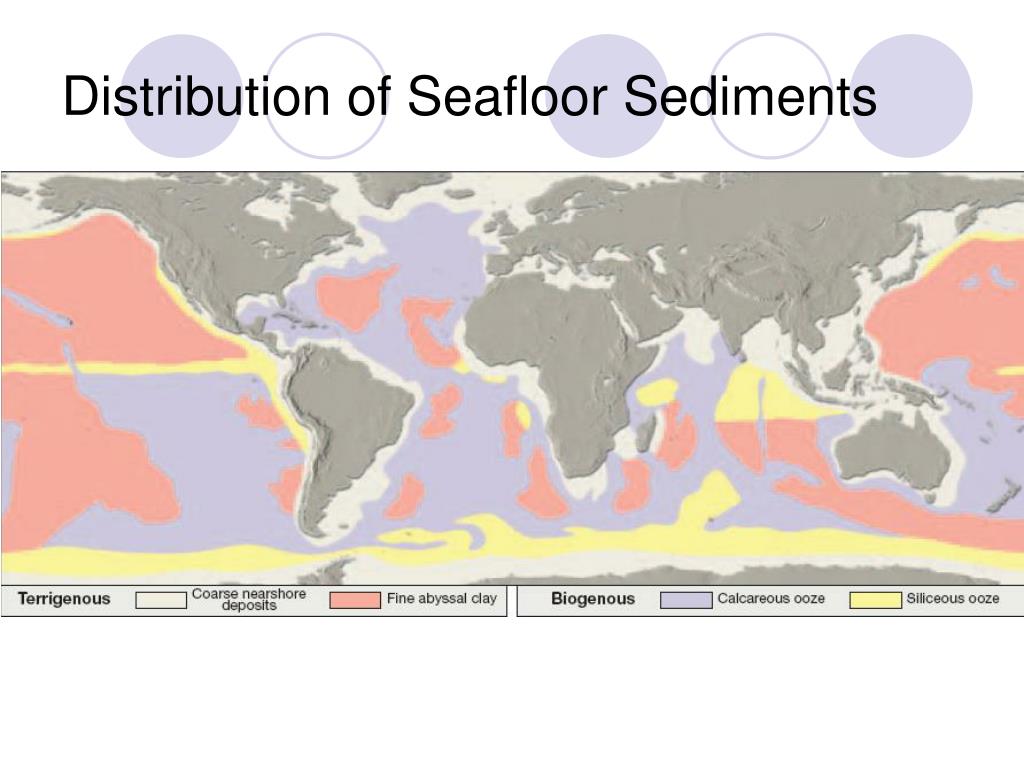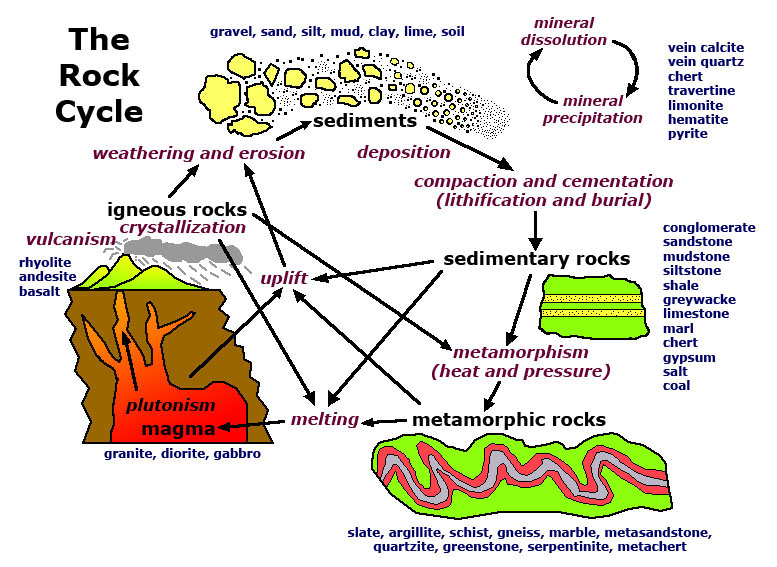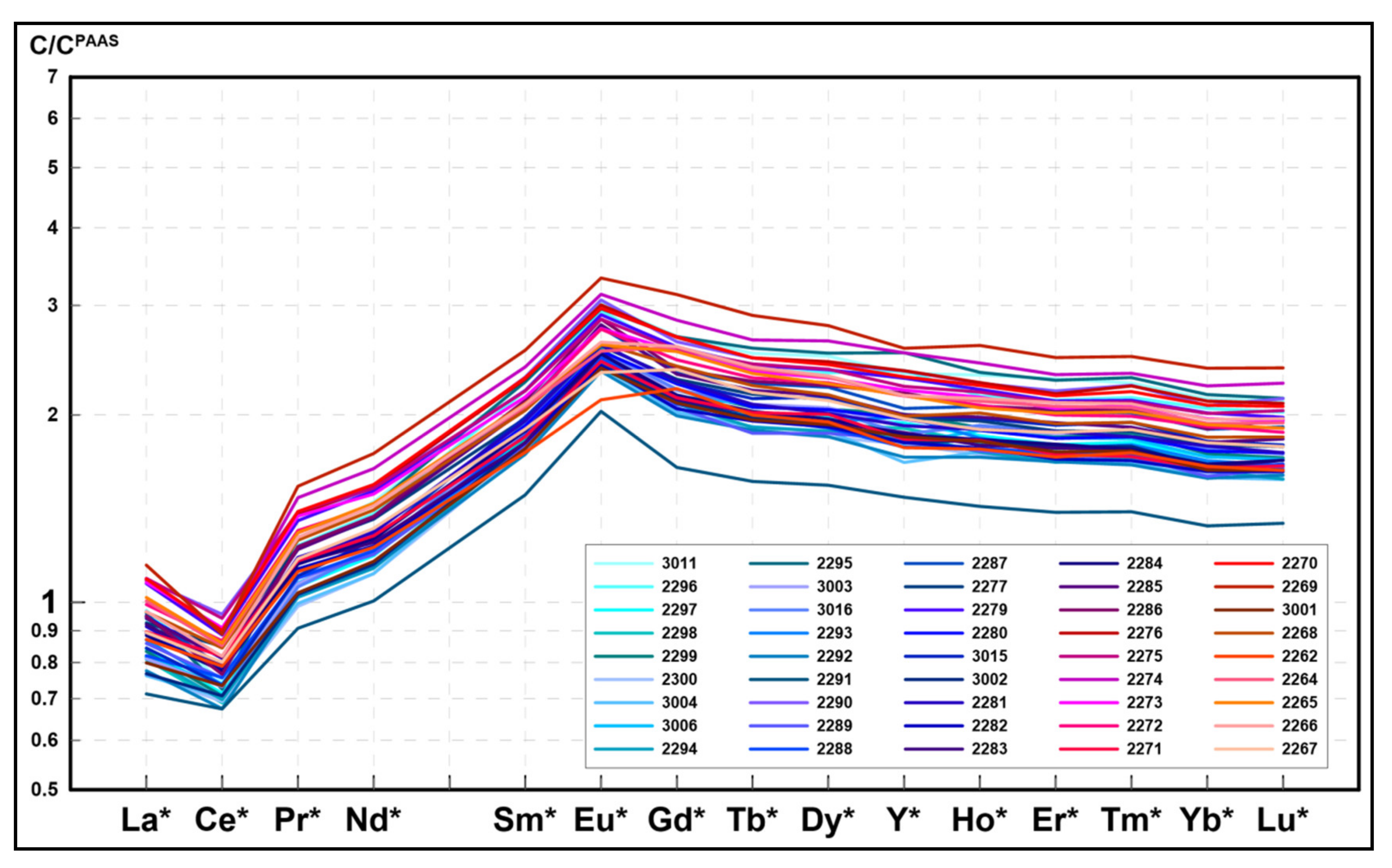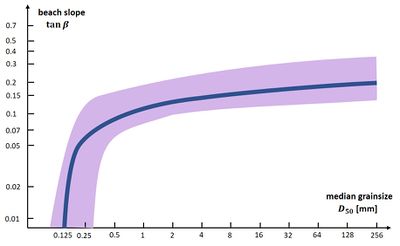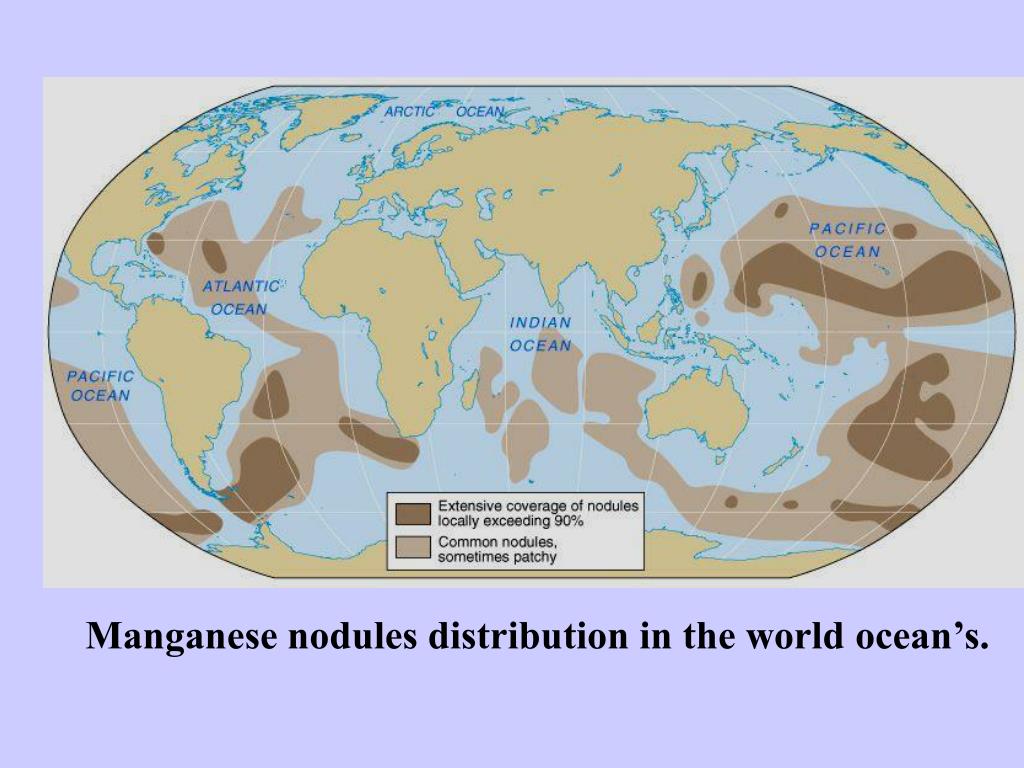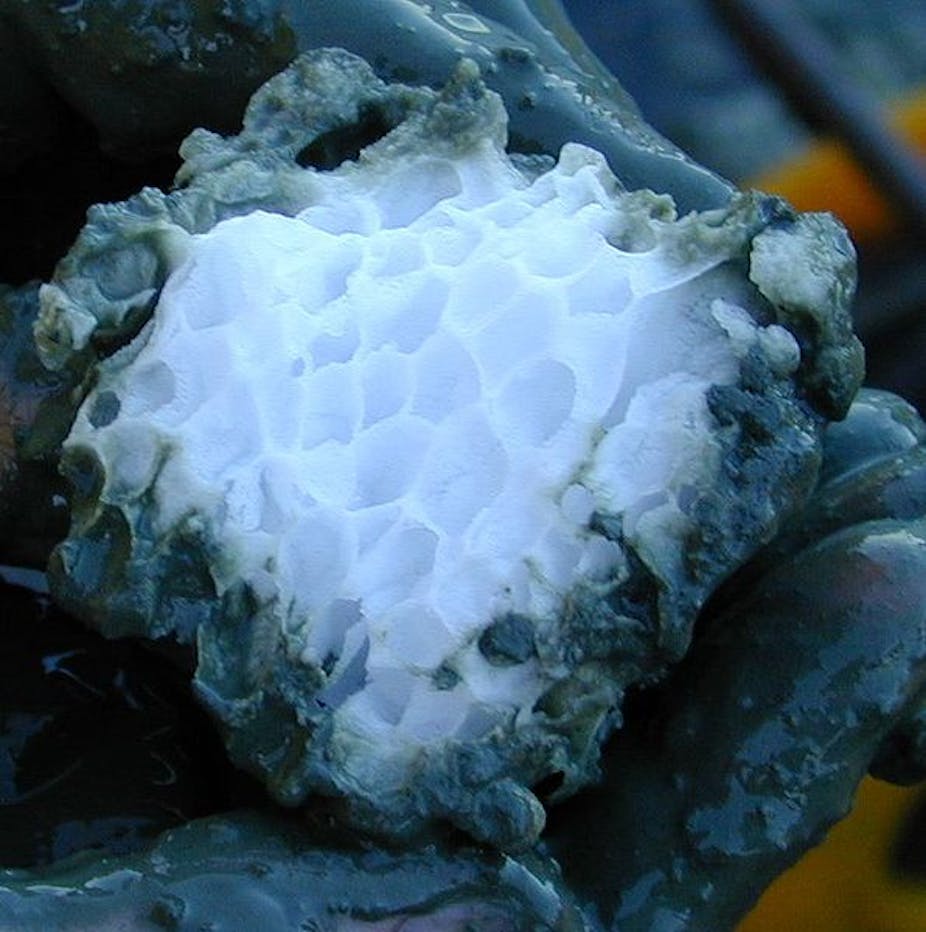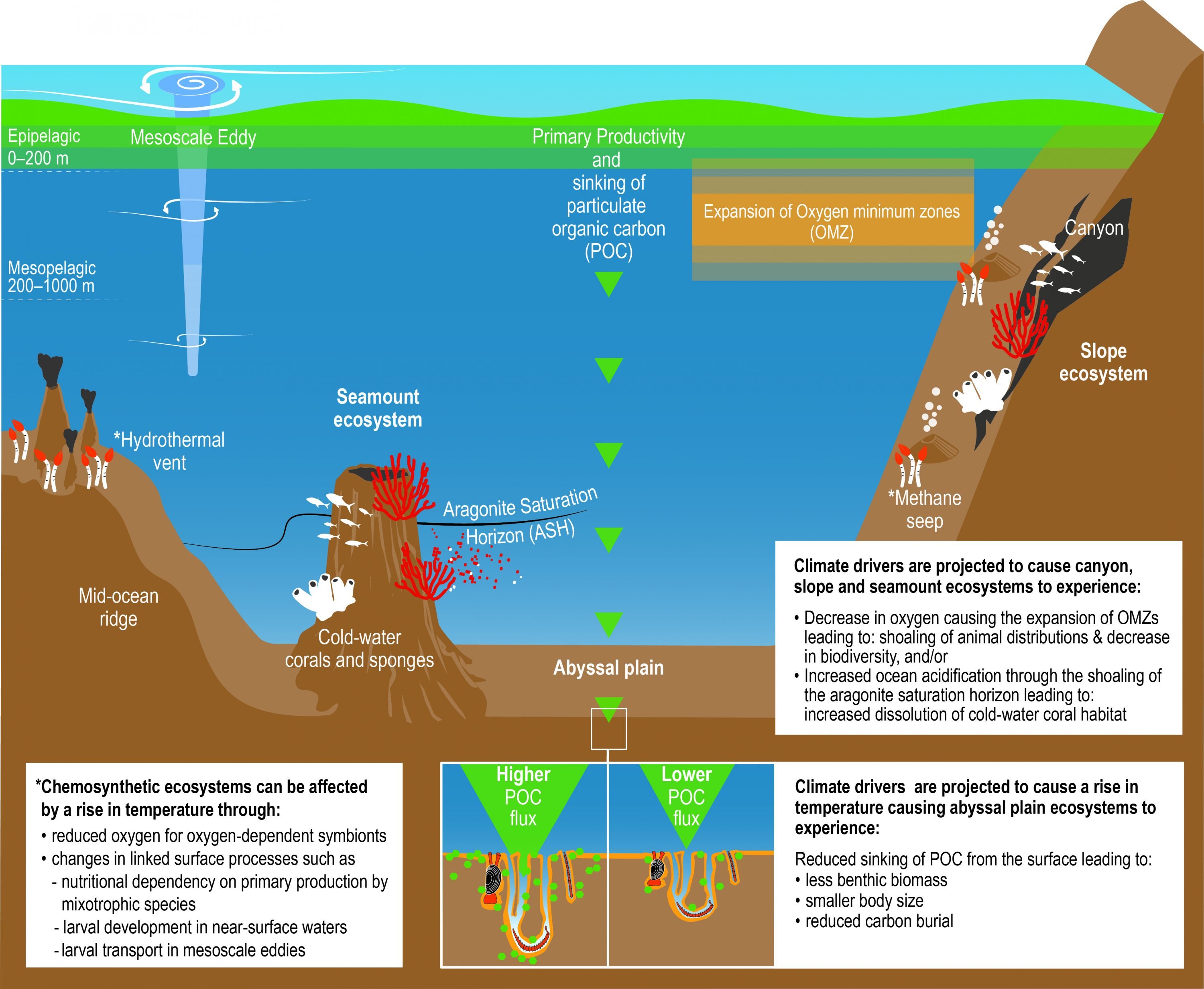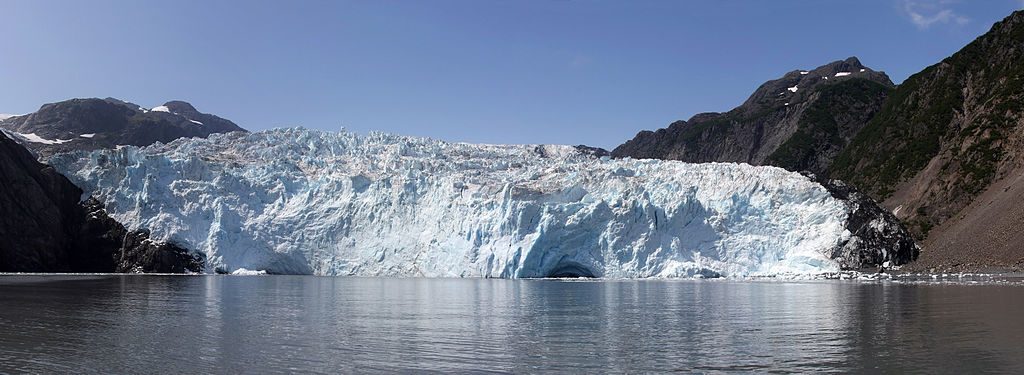Distribution Of Dominant Sediment In Ocean Floor

Lecture 14 marine sediments formation and distribution when i think of the floor of the deep sea the single overwhelming fact that possesses.
Distribution of dominant sediment in ocean floor. Minerals are the dominant components of red clays. The only exception are the crests of the spreading centres where new ocean floor has not existed long enough to accumulate a sediment cover. Hydrogenous sediments are rich with minerals such as manganese nodules that precipitate from seawater on the ocean floor. Pelagic sediment or pelagite is a fine grained sediment that accumulates as the result of the settling of particles to the floor of the open ocean far from land.
Dominant sediment in deeper areas of the pacific. You take a sediment sample from the ocean floor at a depth of 5500 m. Productivity of organisms. Hüneke and mulder 2011.
Davies and gorsline 1976. The area has low biological productivity and the ccd is at 4500 m depth. The clay component or sometimes volcanic ash is generally carried from land by wind and falls on the surface of the ocean. Although there are many versions of this map barron and whitman 1981.
Or some mixture of these trace amounts of meteoric dust and variable. Accumulation of fine sediment turbidite deposits. This is a more unusual way to categorize ocean floor sediments. Trujillo and thurman 2014 they all show strikingly similar distributions of clays and calcareous and siliceous.
These particles consist primarily of either the microscopic calcareous or siliceous shells of phytoplankton or zooplankton. Sediment accumulation will depend on the the amount of material coming from the source the distance from the source the amount of time that sediment has had to. Figure pageindex 1 shows the distribution of the major types of sediment on the ocean floor. Pelagic sediment is least abundant on the crest of midoceanic ridges because of the active volcanism.
12 6 sediment distribution now that we have an understanding of the types of sediments found in the ocean we can turn our attention to the processes that cause different types of sediments to dominate in different locations. Distribution of biogenous ooze depends on. They are useful for determining the distribution of ancient dinosaurs. The distribution of sediments in the ocean is determined by biological and chemical.
Methods of pelagic distribution of lithogenous sediment. The ocean basin floor is everywhere covered by sediments of different types and origins. Sediment thickness in the oceans averages about 450 metres 1 500 feet. Virtually every marine geology and oceanography textbook contains a global map of five or six dominant sediment types in the ocean basins.
In which of the following environments would you expect lithogenous sediment to be the dominant sediment type. The sediment cover in the pacific basin ranges from 300 to 600 metres. Another classification of ocean floor sediments is by the size of the individual grain. Cosmogenous sediments could potentially end up in any part of the ocean but they accumulate in such small abundances that they are overwhelmed by other sediment types and thus are not dominant in any location.

